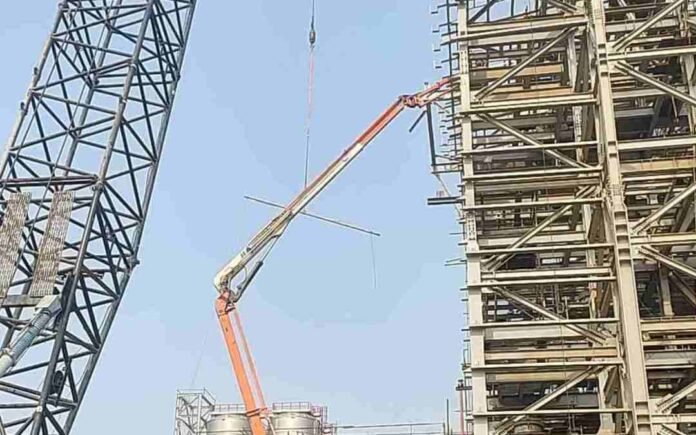Contents
Simultaneous Operations (SIMOPS) refer to the coordination and execution of multiple tasks or activities that are carried out simultaneously in a specific work area. This procedure is crucial in industries such as construction, oil and gas, mining, and manufacturing, where various operations need to be performed simultaneously to optimize efficiency and productivity.
Importance of SIMOPS Procedure
The SIMOPS procedure is essential for ensuring the safety and smooth execution of multiple tasks in a shared work area. Without proper coordination and control, simultaneous operations can pose significant risks, including accidents, equipment damage, and delays in project timelines.
The primary objectives of implementing a SIMOPS procedure are:
- To minimize the potential for conflicts and hazards arising from simultaneous operations.
- To ensure the effective communication and coordination between different work teams.
- To identify and manage potential risks and hazards associated with simultaneous operations.
- To maintain a safe working environment for all personnel involved.
- To optimize productivity and minimize downtime.
Key Elements of SIMOPS Procedure
A comprehensive SIMOPS procedure should include the following key elements:
1. Risk Assessment and Management
Prior to commencing simultaneous operations, a thorough risk assessment should be conducted to identify potential hazards and assess their associated risks. This assessment should consider factors such as the nature of the tasks, equipment involved, environmental conditions, and personnel competency. Based on the assessment, appropriate risk mitigation measures should be implemented and communicated to all relevant personnel.
2. Communication and Coordination
Effective communication and coordination are critical in SIMOPS. Clear lines of communication should be established between different work teams, supervisors, and relevant stakeholders. Regular meetings, briefings, and updates should be conducted to ensure everyone is aware of the ongoing activities, potential risks, and any changes in the work plan. This helps to minimize conflicts, ensure smooth workflow, and maintain a safe working environment.
3. Permit to Work System
A कि should be implemented to control and authorize simultaneous operations. This system ensures that all tasks are properly planned, authorized, and coordinated. Each task should have a dedicated permit, outlining the scope of work, safety precautions, and any specific requirements. The permit should be reviewed and approved by the relevant authorities before work can commence.
4. Training and Competency
All personnel involved in simultaneous operations should receive appropriate training and demonstrate the necessary competency to perform their assigned tasks safely. Training should cover areas such as hazard identification, emergency procedures, use of personal protective equipment, and specific operational procedures. Regular refresher training should be provided to ensure ongoing competency.
5. Emergency Response Planning
An effective emergency response plan should be in place to address any unforeseen incidents or emergencies that may occur during simultaneous operations. This plan should include procedures for evacuation, first aid, fire suppression, and communication. Regular drills and exercises should be conducted to test the effectiveness of the plan and familiarize personnel with their roles and responsibilities in an emergency situation.
The implementation of a SIMOPS procedure is crucial for managing and controlling simultaneous operations in various industries. By considering the key elements discussed above, organizations can ensure the safety of personnel, minimize risks, and optimize productivity. Regular review and improvement of the SIMOPS procedure are essential to adapt to changing work conditions and industry best practices.


